Once the stuff of science fiction films, Richard Brown discovers that flying cars may have reached a decisive inflection point as a viable means of transport
When Top Gear, arguably the world’s foremost mass market authority on all things automobile, gives flying cars the thumbs up for aerodynamic appeal and practicality, you know a shift in popularity has taken place.
Last December, the BBC motoring programme listed what it considered the world’s top five flying cars most likely to enter production in 2023. From Bratislava’s AeroMobil’s 4.0 to Renault’s Air4, these futuristic looking aeronautical cars have set pulses racing since their first prototypes were unveiled.
There has been significant investment into flying cars in recent years. Many of the major companies involved in the development of these vehicles have invested hundreds of millions of dollars into R&D. Flying car startups that have received significant venture capital investment include Joby Aviation, Kitty Hawk, Volocopter, Ehang, Terrafugia, and Vertical Aerospace.
The most promising road-worthy, aerial forms of transport to date have been “manned air taxis” – Volocopter completed its first manned flight in Italy last October, with a view to commencing commercial services by the end of 2024. Known as eVTOLs (electric vertical take-off and landing vehicles), such vehicles are touted as the urban mobility solution of the future and are the closest thing to flying cars we have today. But, with companies like Uber, Boeing, and Airbus investing heavily in research and development, the next step is closer than you think.
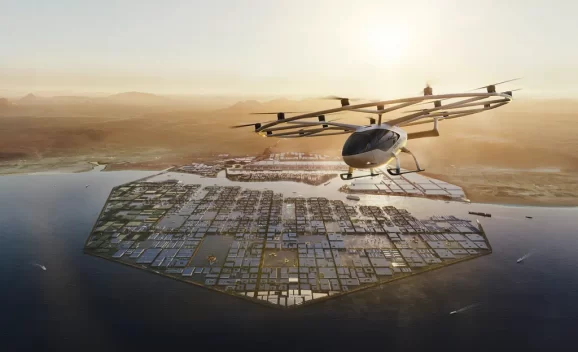
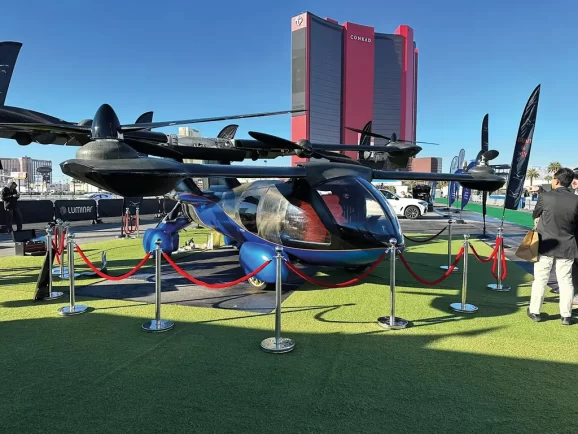
Aeronautics meets automobiles
The idea of flying cars stretches back to the early 20th century when manufacturers began looking for ways to create a car that could take to the air. The first patents for flying cars began appearing in the early 1920s, and prototypes of these various models began debuting in the 1930s.
There are several models of flying cars that are either in development or are in limited production today. Airbus’ Vahana autonomous drone, the Volocopter VC200, and the Lilium Jet are all examples of flying cars that could soon become a reality.
There are also several other companies that are working on developing their own versions of these aerial vehicles, ranging from small-scale prototypes to large-scale production models. Take Los Altos,
California-based startup ASKA and its A5 flying car, which is preparing for take-off. At US$789,000, it’s not cheap by any stretch of the imagination; a US$5,000 deposit gets you on the pre-order list. The A5 wowed spectators when on display at the 2023 edition of the Consumer Electronics Show in Las Vegas.
The US Federal Aviation Administration has given approval for an experimental permit soon, with ASKA co-founder and CEO Guy Kaplinsky hoping the company will start its ride-hailing service in 2026. The ASKA A5 can fly at a reported maximum speed of 150 mph (241.40kph) and travel 250 miles (402.33km) on a single charge of its electric batteries. It can be charged at home or conventional electric vehicle stations. It benefits from a small petrol engine as back-up. The four-seat prototype is roughly the size of a large SUV, but topped with large wings sporting propellers like a helicopter. The company claims it fits in a conventional parking space and needs an area the size of a helipad for a vertical takeoff or landing.
Meanwhile, Slovakia’s AeroMobil got off the ground in 2010 in a bid to design, develop, and commercially introduce the world’s first flying car: the AeroMobil. Its latest version is the product of over 350,000 hours of design, engineering, and testing will mark a major milestone in the realisation of mankind’s dream of unbounded personal mobility.
The AeroMobil’s creators have a pedigree that includes luxury and supercar makers BMW, AstonMartin, McLaren, Mercedes Benz F-1 and FerrariF-1, and aerospace leaders Lockheed Martin, RollsRoyce, Airbus, and Diamond Aircraft, among others.
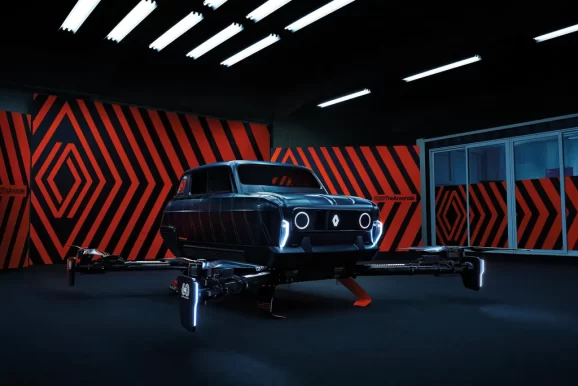

Obstacles to adoption
One of the main obstacles to wider adoption of flying cars is cost. Currently, the cost associated with developing, building, and testing these vehicles is prohibitively expensive. Additionally, safety concerns remain an issue, and there are legal issues associated with the airspace and regulations that must be addressed. That said, the main technical advantage of flying cars is that they provide a unique way to access remote or otherwise difficult-to-reach areas. Additionally, flying cars provide a much faster way to travel than traditional ground transportation.
With the world’s environmental regulators scrutinising vehicle manufacturers for their carbon emissions, leading proponents of aerial cars claim they have the potential to be extremely environmentally friendly.
Many companies are focusing on developing vehicles that are powered by electric batteries, which produce no harmful emissions. Additionally, their ability to fly could reduce the amount of traffic on roads, which could lead to a reduction in air pollution from traditional vehicles.
Finally, their ability to access areas that are inaccessible could reduce the amount of fuel consumed in transportation, further reducing their environmental impact. And with many makers using electric batteries as their primary source of fuel and some finessing hydrogen fuel cells or biofuels, the green credentials of such vehicles are compelling.
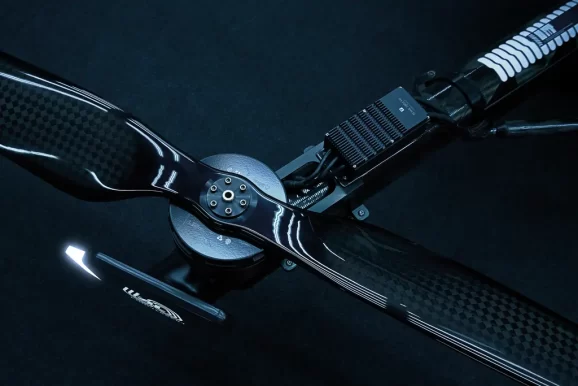
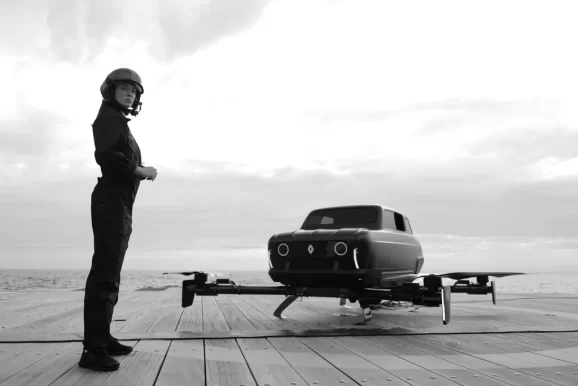
Range anxiety
As with their electric terrestrial counterparts, range can be an issue with some flying cars, depending on the type of vehicle. Battery-powered electric vehicles typically have much shorter ranges than hydrogen-powered or biofuel-powered vehicles. Additionally, the weight of the vehicle and the number of passengers also affects the flight range. Companies are continually working to develop more efficient batteries, to extend the overall range of these vehicles.
Flying cars must comply with the regulations of the countries and airspace in which they operate. These regulations cover a variety of different topics, such as airspace management, safety, and environmental impacts.
ASKA’s Kaplinsky says the dual energy source of both battery and range-extender engine as energy delivers a 250-mile flight range and significantly increases power source reliability, while the vehicle is equipped with a ballistic parachute to save passengers and the aircraft in the event of total loss of power. Thankfully, to date there have been no fatalities in the development of flying cars.
As in many areas of technology development, the pace at which things have come together to make flying cars a reality might seem startling to the casual observer. But to those at the R&D vanguard of these flying machines, this was the plan all along. So, watch this space.
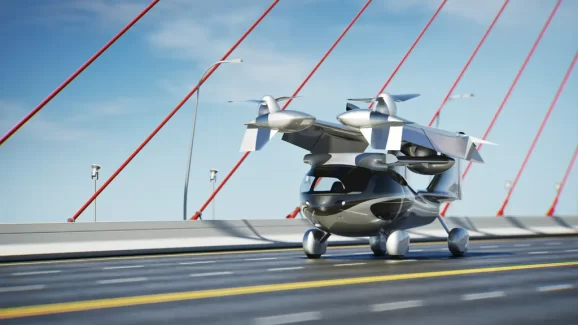
HEADS UP
Seven flying cars to look out for:
– AeroMobil 4.0
– Terrafugia TF-X
– Porsche x Boeing
– Joby Aviation x Toyota
– Renault AIR4
– Volocopter VC200
– ASKA A5






